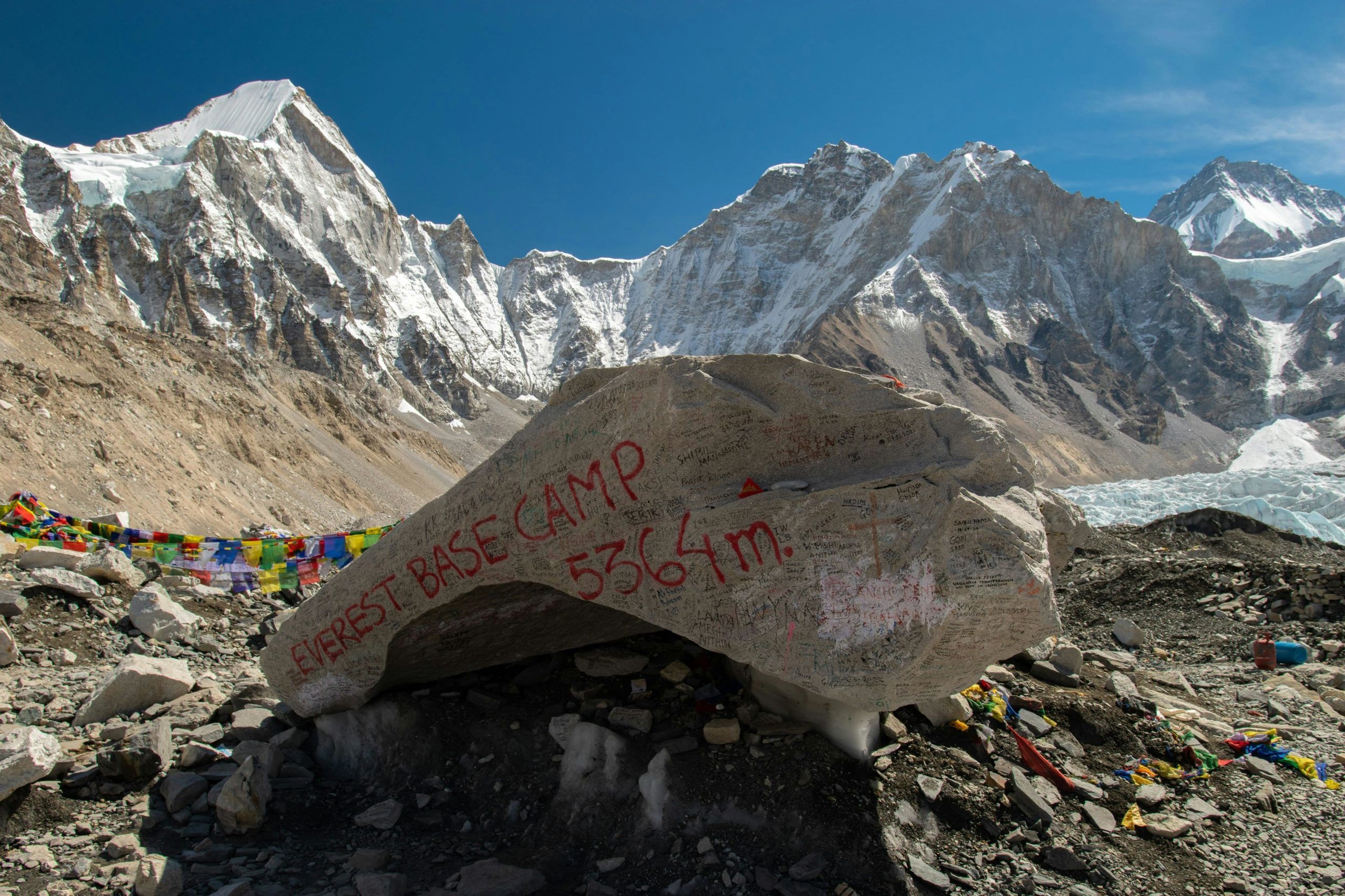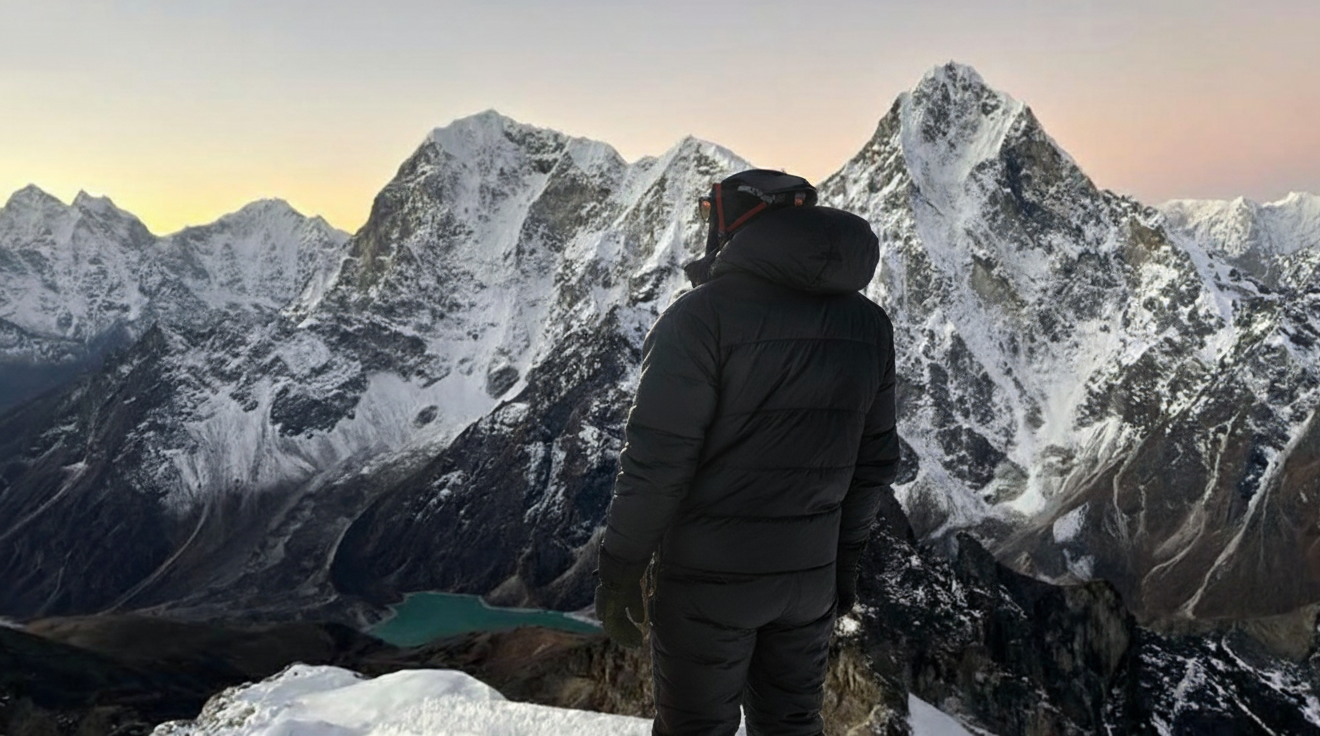Documentaries about Sherpa people
When we think of Everest, a single image often dominates: a towering, snow-capped peak. But behind every successful ascent, every record broken, and every story of human endurance in the Himalayas, stands another equally iconic figure: the Sherpa. More than just high-altitude porters or guides, the Sherpa people are an ethnic group with a rich cultural heritage, deep spiritual beliefs, and an unparalleled connection to the mountains they call home.
Their resilience, strength, and unwavering spirit have captivated filmmakers for decades. While many documentaries focus on the Western climbers, a growing number of powerful films have begun to shift the lens, offering invaluable insights into the lives, traditions, and sacrifices of the Sherpa community itself.
If you’re looking to understand the true heroes of the Himalayas, here are some essential documentaries that go beyond the summit and into the heart of Sherpa culture:
1. Sherpa (2015)
Perhaps the most pivotal documentary to truly reframe the narrative, “Sherpa” was originally intended to document Everest climber Joby Ogwyn’s attempt to jump from the summit in 2014. However, fate intervened tragically when a massive avalanche swept through the Khumbu Icefall, killing 16 Sherpa high-altitude workers.
Director Jennifer Peedom pivoted the film entirely, turning it into a poignant exploration of the Sherpa perspective on risk, religion, and the economics of Everest climbing. It delves into the tensions between Western expeditions and the local workers, the Sherpas’ spiritual beliefs that guide their relationship with the sacred mountain, and the devastating impact of such tragedies on their tight-knit communities. “Sherpa” is a must-watch for anyone seeking a deeper, more ethical understanding of Everest.
2. The Man Who Skied Down Everest (1975)
This Academy Award-winning documentary follows Japanese alpinist Yuichiro Miura’s audacious 1970 expedition to ski down Mount Everest. While the focus is Miura’s incredible feat, the film also offers a fascinating, albeit earlier, glimpse into the vital role of Sherpas. It highlights their unwavering support, resilience, and the sheer logistical effort they contribute to such ambitious projects. It’s a historical piece that underscores their presence even in earlier narratives of Everest exploration.
3. Living on Everest (2010)
“Living on Everest” is a compelling series that moves beyond the summit bids to explore the daily lives and unique challenges faced by the Sherpa people throughout the entire Everest season. It follows various individuals – guides, cooks, base camp managers, and their families in the villages – offering an intimate look at their traditions, the economics driven by tourism and climbing, and how modern life intersects with their ancient culture. It’s an excellent way to see the broader tapestry of Sherpa life, not just their roles on the mountain.
4. National Geographic’s “Into the Death Zone” (2012) / “Storm Over Everest” (2008)
While these National Geographic productions often focus on specific climbing events or disasters, they frequently feature powerful interviews and perspectives from Sherpa climbers and their families. “Into the Death Zone” explores the physiology and psychology of surviving at extreme altitudes, often including insights from Sherpas who operate flawlessly there. “Storm Over Everest” (a look back at the 1996 disaster) meticulously includes the Sherpa accounts, underscoring their professionalism and vital contributions in life-or-death situations. These films, while broader in scope, offer critical Sherpa perspectives on the dangers and demands of their work.
5. Beyond the Summit: The Sherpa’s Story (Ongoing Short Films/Series)
Increasingly, shorter documentaries and online series produced by climbing brands and independent filmmakers are emerging, focusing directly on individual Sherpa climbers, their personal stories, and their aspirations beyond simply supporting Western expeditions. These contemporary pieces often highlight the evolving ambitions within the Sherpa community, their drive to lead expeditions, and their efforts to preserve their culture while embracing modern opportunities. Search platforms like YouTube and Vimeo for recent productions from reputable adventure film festivals.
6. PASANG: In the Shadow of Everest (2022)
This critically acclaimed documentary tells the gripping and inspiring story of Pasang Lhamu Sherpa, the first Nepali woman to summit Mount Everest. Her journey was far more than just a physical ascent but a battle against societal expectations, gender discrimination, and skepticism within her own country.
“PASANG” illuminates the immense pressure and challenges faced by Sherpa women, even those with extraordinary talent and courage. It’s a powerful testament to her pioneering spirit and the lasting legacy she left, not just for Sherpa women, but for women climbers everywhere. This film offers a crucial perspective on female empowerment within a deeply traditional and male-dominated high-altitude world.
7. Mountain Queen: The Summits of Lhakpa Sherpa (2023)
“Mountain Queen” introduces us to Lhakpa Sherpa, arguably the most accomplished female high-altitude mountaineer in history, with the most Everest summits by any woman. Yet, her story extends far beyond her climbing records. The documentary poignantly captures her life in Connecticut, working as a dishwasher and raising her daughters, all while quietly holding the title of Everest’s “Mountain Queen.”
The film explores the stark contrast between her two worlds, her drive to keep climbing, and the challenges of being a single mother balancing a demanding life with an extraordinary passion. It’s a deeply human story about resilience, sacrifice, and the often-unseen struggles of the very individuals who guide others to the world’s highest peaks.
8. Caravan (1999)
Moving beyond the Everest focus, “Caravan” (also known as “Himalaya”) is a visually stunning and deeply moving ethnographic drama that transports viewers to the remote, high-altitude Dolpo region of Nepal. This Oscar-nominated film beautifully captures the age-old traditions of the Dolpo-pa, a people closely related to the Sherpas through their Tibetan Buddhist culture and mountain way of life.
It tells the story of an aging chief, a rebellious young leader, and their arduous journey guiding a yak caravan across treacherous passes to trade rock salt for grain before winter. This documentary offers a rare, intimate, and authentic glimpse into a disappearing way of life, showcasing the profound interdependence between humans, animals, and the unforgiving Himalayan landscape. It’s a poetic tribute to resilience, survival, and the enduring spirit of mountain communities.
Why These Stories Matter
These documentaries collectively paint a more complete and nuanced picture of the Sherpa people. They remind us that behind every “Everest conqueror” are individuals of extraordinary skill, courage, and spiritual depth, whose contributions are foundational to the very possibility of high-altitude mountaineering.
At Sherpa Society, we honor this heritage deeply. Our journeys in the Himalayas are not just about reaching destinations, but about connecting with the land and its people. We encourage you to watch these films not only for their gripping narratives but for the profound respect they inspire for the true custodians of the world’s highest mountains.


